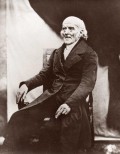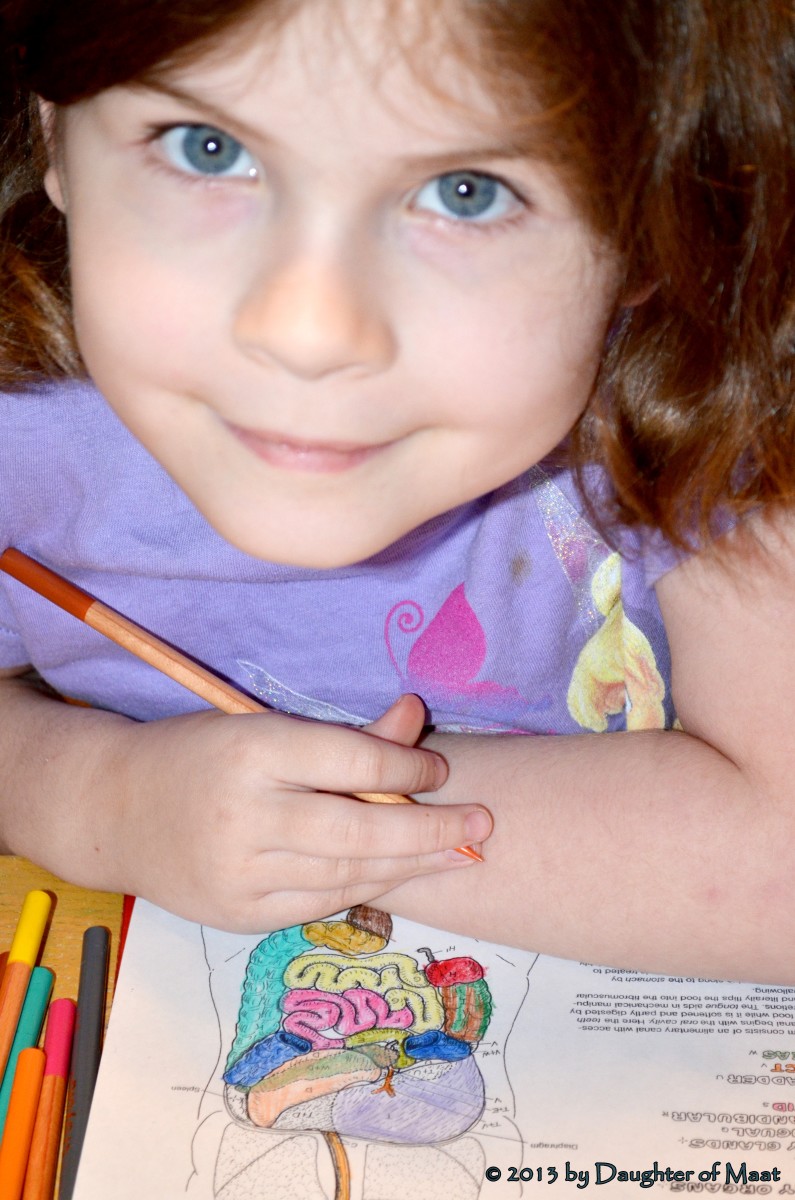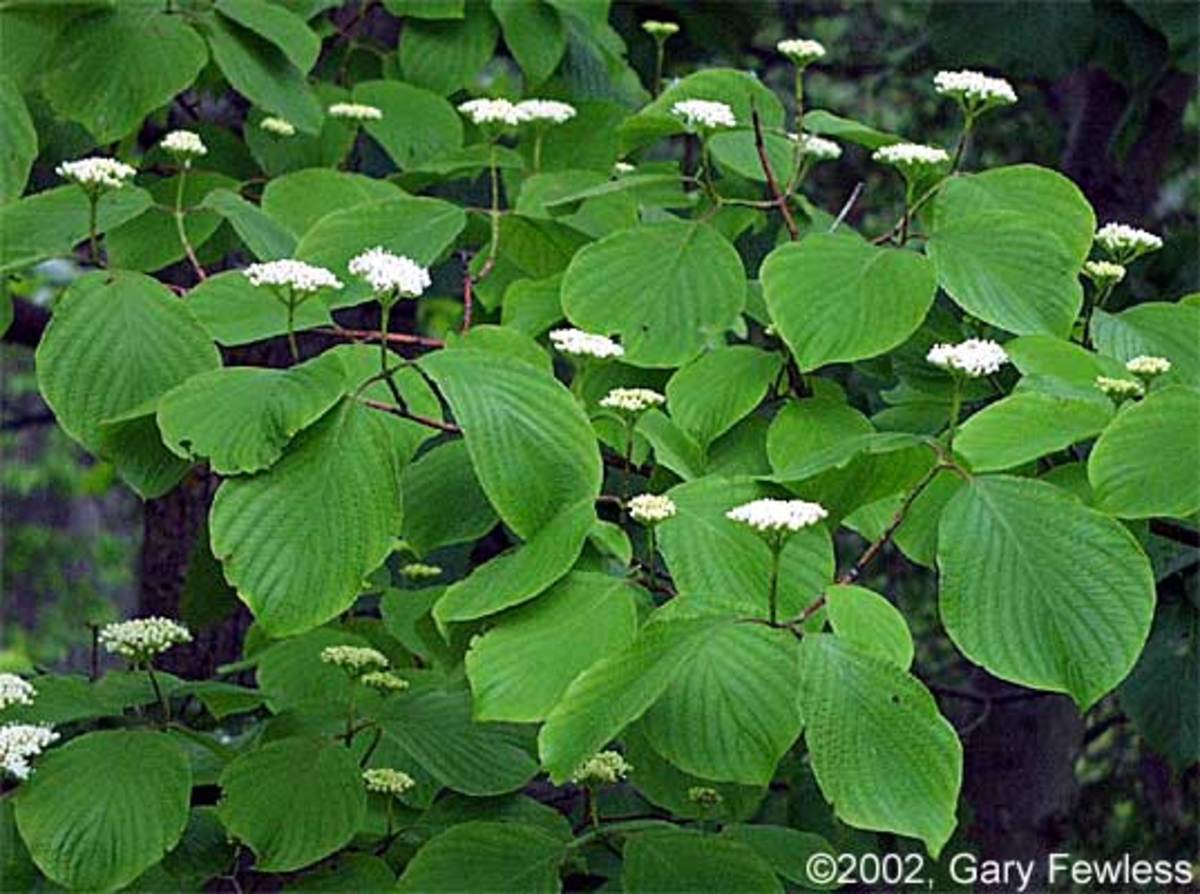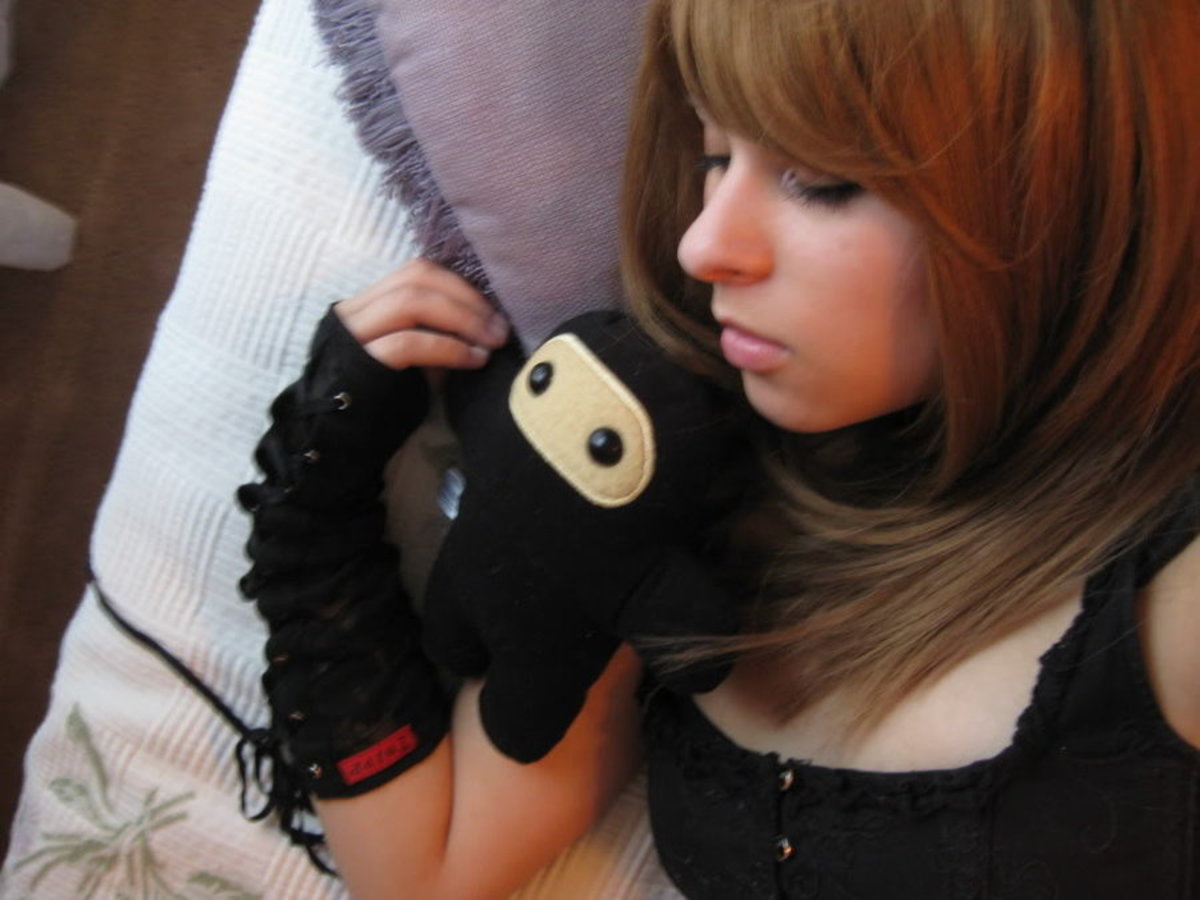6 ADHD Treatments That Boost Concentration
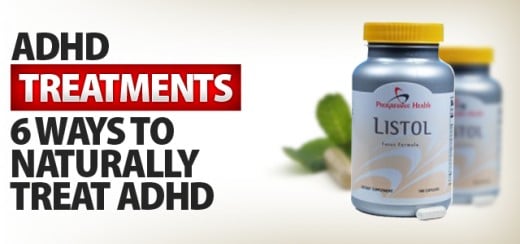
Prescription medications such as vyvanse and concerta are popular treatments for ADHD.
Studies have shown, however, that while these drugs may have curtailed behavioral related issues temporarily, they have produced unwanted and unsafe side effects, often leading to drug and alcohol addiction later in life.
In addition, these drugs have shown no ability to increase learning capacity, and any academic improvement is usually short lived.
As a result, many people have sought various non-traditional and alternative methods of treatment, many of which have been demonstrated side-effect free effectiveness.
1. Diet & Remedies for ADHD
First and foremost, the diet is the most accessible of all home remedies, for a variety of reasons.
ADHD is no exception, as in the past several decades, there has been much research conducted concerning the diet and ADHD connection. For example, sugar was long discovered as a stimulant causing hyperactivity, a recognized ADHD symptom.
Refined, processed sugars and carbohydrates have been shown to have an effect on children’s activity levels.
Because the sugars enter the bloodstream quickly, they may produce rapidly increased blood glucose levels. When those blood sugar spikes occur, children have a tendency to become more active as a result of the adrenaline rush from the blood glucose rise.
Therefore, monitoring and adjusting sugar intake can have a positive effect on children with ADHD.
Nutritionists have suggested increasing fiber in children's diets to manage and level adrenaline levels.
Foods that assist with this are fruits, berries, oatmeal and whole grains. The less processed foods a child consumes, the better for their overall health. For those with ADHD, there has been a marked decrease in symptoms when attention is paid to ingesting a healthier diet.
Homeopathy and Attention Deficit Disorder
Homeopathy remedies activate the body's natural healing process for mental, emotional and physical ailments.
Homeopathy as been used successfully for ADHD sufferers with very good results reported.
According to a study from the British Homeopathic Journal in Oct 1997, children with ADHD were given either a placebo or homeopathic treatment for a period of ten days. Caregivers or parents then recorded the amount of ADHD behavior that they observed in the children.
Those children who received homeopathic medicines demonstrated significant levels of decreased ADHD associated behavior, than those who took the placebos.
The study also revealed that:
- 57% of the children continued to improve, despite cessation of treatment;
- 24% relapsed without continued treatment; and
- 19% continued on with positive results, while continuing to take homeopathic medicines.
The homeopathic medicines most traditionally found effective for children with ADHD include:
• Stramonium – for children with excessive fear, or post-traumatic stress disorder;
• Cina – for children who exhibit physically aggressive behavior;
• Hyoscyamus niger – for children with sexualized or manic symptoms.
Vitamin Remedies for Concentration
Starting with a week-long healthy diet, preferably completely chlorine, gluten, sugar and fructose free, during the second week, the following is the standardized vitamin therapy treatment for ADHD:
- Omega and Essential fatty acids – regular dosage
- Magnesium Chloride - 250 mg three times daily
- Trimethylglycine (TMG) - over 200 mg.
- Vitamin B6 - over 200 mg.
- Zinc - over 200 mg. Learn more about Zinc & ADHD.
- Selenium - over 200 mg. to detoxify mercury
- Probiotics – assures better absorption of dietary nutrients
- N-acetylcysteine, Acetyl-Carnosine, Acetyl Carnitine, and Alpha Lipoic Acid – for detoxification
Herbal Remedies for ADHD
Herbal formulations are a strong component of homeopathic remedies for many illnesses.
The use of herbal remedies to treat ADHD has shown very beneficial results without the risk abuse typically found in pharmacological medications, in addition to significantly less or no side effects at all.
Some of the more popular ones for use in connection with ADHD are: green oats, ginkgo biloba, Siberian ginseng, brahmi and gotu kola. These herbs are popular for enhancing alertness without caffeine or unpleasant and unsafe side effects.
- Green oats are a known nerve tonic with a stimulating effect later over time.
- Ginkgo biloba is said to increase brain blood flow while acting as an antioxidant for the nervous system. It is also known to improve brain glucose metabolism.
- Siberian ginseng can increase work output and brain activity.
- Brahmi is also an antioxidant, shown to increase cognition and learning.
- Gotu kola has reduced blood chemicals released during stressful situations.
In addition, proponents of Chinese medicine have discovered how herbs have positive effects in alleviating ADHD symptoms. One study compared a Chinese herbal formula to the Ritalin drug and demonstrated exact benefits – but without side effects.
An herb treatment regimen for ADHD will typically involve other forms of supplementation in addition to healthy dietary changes.
2. ADHD and Elimination Diets
Dr. Ben Feingold originated as an elimination diet, designed as part of a regimen to treat hyperactivity.
The Feingold Diet eliminated artificial preservatives, colorings and flavorings. Some parents have reported improvements in children's behavior, as a result of removing as many potentially toxic substances as possible, from the diet.
Elimination diets for ADHD focus on removing certain foods from a child's diet if they are believed to affect their behavior negatively. Records are kept to provide insight into behavioral changes as a result of foods removed. The diet is then adjusted accordingly to eliminate the foods that cause inattention, hyperactivity, anxiety and other symptons of ADHD.
3. Lifestyle Changes
In addition to changes in diet, certain lifestyle adjustments for ADHD have been successful in decreasing negative behavioral symptoms.
First, patience is essential in dealing with ADHD.
By remaining calm, even when children are out of control, the child is more likely to become calm. Some ADHD behaviors are associated with anxiety and lack of attention, so a caring attitude and gentle attention definitely helps children with ADHD.
Below are some other lifestyle tips to consider:
- Eliminate environmental toxins in food and products like shampoos, Teflon cookware, antiperspirants, yearly flu shots (accumulation of thimerosal), exposure to pesticides and amalgam mercury tooth fillings, which have been known to aggravate ADHD conditions.
- Keep regular meal, snack, nap and bedtime schedules. Avoid sudden change between activities. Mark activities on a calendar to help children with ADHD learn to adapt and adjust to change.
- Ensure that children get proper rest by keeping them from becoming overtired. Fatigue contributes to worsening ADHD symptoms.
- Demonstrate to children with ADHD and use simple words for instructions. Speak in a calm and slow manner and be specific. Make eye contact during all contact with the child.
- To discipline children with ADHD, use loss of privileges and timeouts, which can be particularly effective. Brief removal from social situations can provide time to gain control easier. Interrupting can defuse and train children how to deal with social situations that stimulate reactive behavior.
- Look for ways to validate the child and increase self-esteem. Use art, music, dance and martial arts on a frequent basis as ways to teach discipline and other skills. However, do not force any activities, especially beyond their capability.
4. Interactive Metronome Training
It is believed that Interactive Metronome training can alleviate some of the ADHD symptoms that involve timing deficits and motor planning.
Over a period of time, individuals can learn to better focus for extended time periods, filter distractions, and monitor mental and physical actions.
The Interactive Metronome process includes the patient listening to a computerized rhythmic beat which is then mimicked by foot or hand tapping. Then feedback indicates how well the movement is matched to the metronome.
Scientific results have shown promise for Interactive Metronome training. One study revealed that in 56 ADHD boys, aged 6-12, the ones who received Interactive Metronome Training shown significant improvements in behavior, attention span, and motor control.
5. Behavioral Intervention for ADHD
Research has demonstrated a number of benefits when behavioral interventions for ADHD were conducted on preschoolers. For example, two types of one-year intervention programs were employed for ADHD diagnosed preschoolers.
One program consisted of a varied intervention of parent education classes that focused on perfecting parenting skills, understanding behavior and child safety. Individual sessions were performed at both school and home. Another program took place in a group setting, covering parenting skills.
Both programs resulted decreases in ADHD behavior symptoms, neither being more significant.
6. Chiropractic Medicine
Chiropractic medicine uses homeopathic remedies to assist patients in dealing with a variety of illnesses.
Some chiropractors have successfully treated certain aspects of ADHD effectively.
A chiropractic theory involves muscle tone imbalance and the belief that it can cause a brain activity imbalance.
According to that theory, adjusting the patient's spine can result in restored balance to the brain. Spinal adjustments are also performed with exposure to varied sound and light frequencies.
Neural Organization and Kinesiology methods are also used by chiropractors for ADHD patients. This particular technique is based upon the skull being an extension of the spine, so that any misalignment connected to the sphenoid and temporal skull bones may cause imbalanced pressure distribution on various areas of the brain.
The faulty pressure distribution then causes improper brain function. Treatment usually involves the chiropractor doing adjustments designed to realign bones into proper positions.


